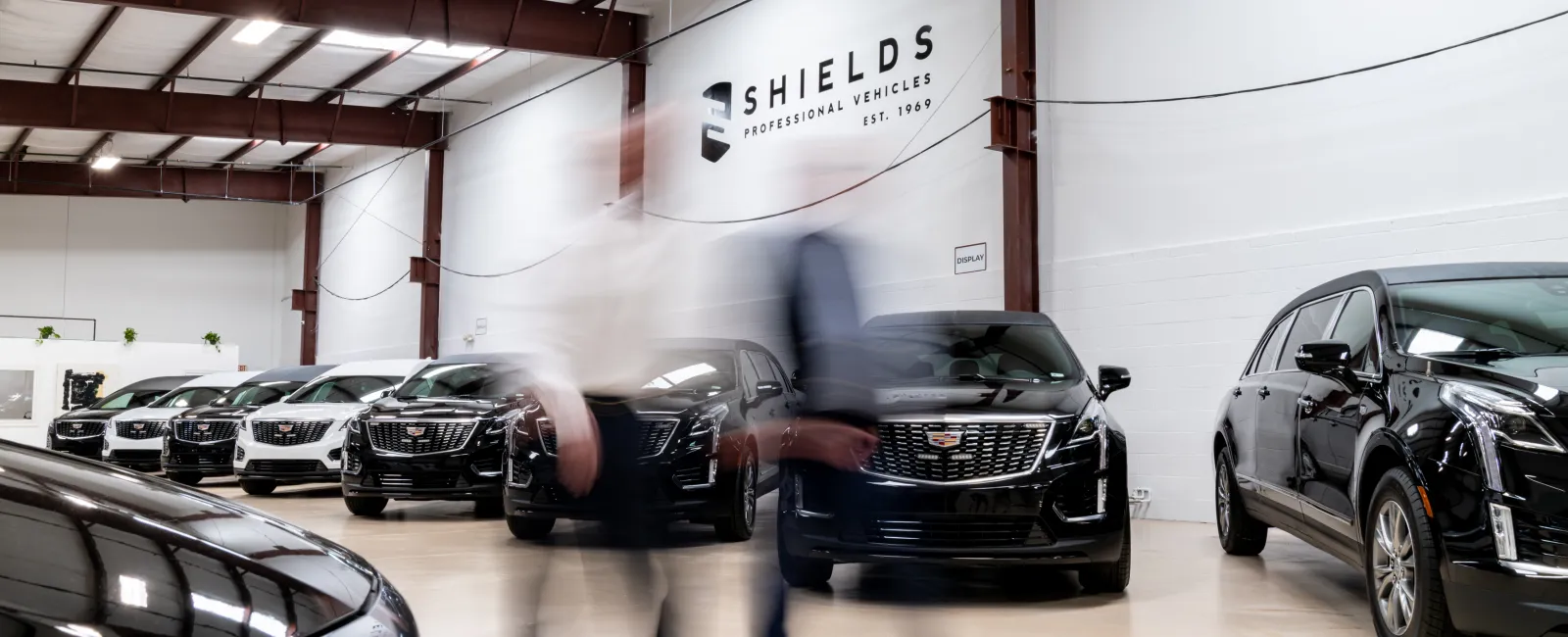Unless you're a funeral director or work at a funeral home, you probably have little experience with funerals. That means you might feel a little bewildered about the practice known as the funeral procession.
A Quick History on the Funeral Procession
Funeral processions have been around for millennia. Sometimes called a funeral cortege, the funeral procession event occurs between the funeral and burial. During the funeral procession, mourners accompany the body to the gravesite to say their final goodbyes and honor the deceased.
Many years ago, funeral processions happened on foot. Though some still do, most involve driving.
The Flow of a Typical Modern Funeral Procession
Modern funeral processions typically include a lineup of vehicles that escort the hearse to the cemetery. The order of vehicles is as follows:
- Leading escort vehicle: This is a car driven by someone from the funeral home or might be a police car. Sometimes, the car will be marked with a funeral "flag" attached to the vehicle in a visible way or the car will be outfitted with strobe lights.
- Hearse: This is the specialty vehicle that carries the casket. Hearses have a unique silhouette and are quite recognizable.
- Limousines or cars containing the closest loved ones: Mourners who were nearest emotionally or relationally to the deceased generally ride together. They may use their own cars or be driven in limos or other larger vehicles.
- Cars with additional funeral attendees going to the burial: These cars could carry anyone from the deceased's distant relatives or colleagues to neighbors and casual friends.
Though the order of funeral procession events is pretty set in stone, the length of the funeral procession isn't. Some funeral processions are quite small. Others can extend a block or longer. That's why it's essential to follow a few funeral procession laws, rules, and expectations.
The Ins and Outs of Funeral Procession Laws
No matter where you go in America, funeral processions follow some of the same processes. All the cars drive as a tight group with their four-way blinkers (hazard lights) on. And they aren't obligated to stop at traffic lights or stop signs. Instead, they're given full right of way from the funeral to the cemetery.
Even if a state or city doesn't have specific funeral procession traffic laws on the books, the governing wisdom is to always let a funeral procession proceed unhindered. In some places, you can get fined by the local authorities if you aggressively drive through a funeral procession or attempt to join one just to get ahead of traffic.
Funeral Procession Etiquette: Getting in the Line
What should you do if you're in a funeral procession but never had this kind of experience before?
First, try to get to the funeral at least 15 to 30 minutes before it starts and locate a funeral home representative. You may be asked to move your car so you'll have an easier time getting into the lineup later. The representative may put a funeral flag on your car to mark it as part of the funeral procession.
After the funeral, listen carefully for instructions about how to keep your car in line with the funeral procession. If you still have questions, discreetly try to talk with someone from the funeral home. Never ask the grieving family members or loved ones for funeral procession advice.
Funeral Procession Etiquette While You're En Route
Once you're in the funeral procession lineup, stay as close to the vehicle in front of you as possible. It will feel weird to move slowly through town or along a highway as one big group. However, tailgating is appropriate in this situation. The closer everyone is, the less chance people will lose their way or allow other vehicles to cut into the funeral procession.
At some cemeteries, everyone will park along the side of the roadway in the same order that they drove to the gravesite. At other cemeteries, you may end up in a parking lot. Either way, be sure to put on your parking brake if the terrain is uneven or you're on a steep hill.
Is There a Funeral Procession After the Burial?
Once the burial proceedings take place, you will be free to leave. You don't have to leave in any particular order, and you won't have a funeral procession out of the area. Consequently, if you're in an unknown place, you may want to use your phone's GPS to get you safely back to your next stop.
Certainly, your first funeral procession can feel strange and overwhelming, particularly if you are dealing with grief. That's completely understandable. Just take it easy. You'll be fine if you follow general funeral procession rules.
Looking for more advice about funeral processions? Connect with Shields Professional Vehicles today.
